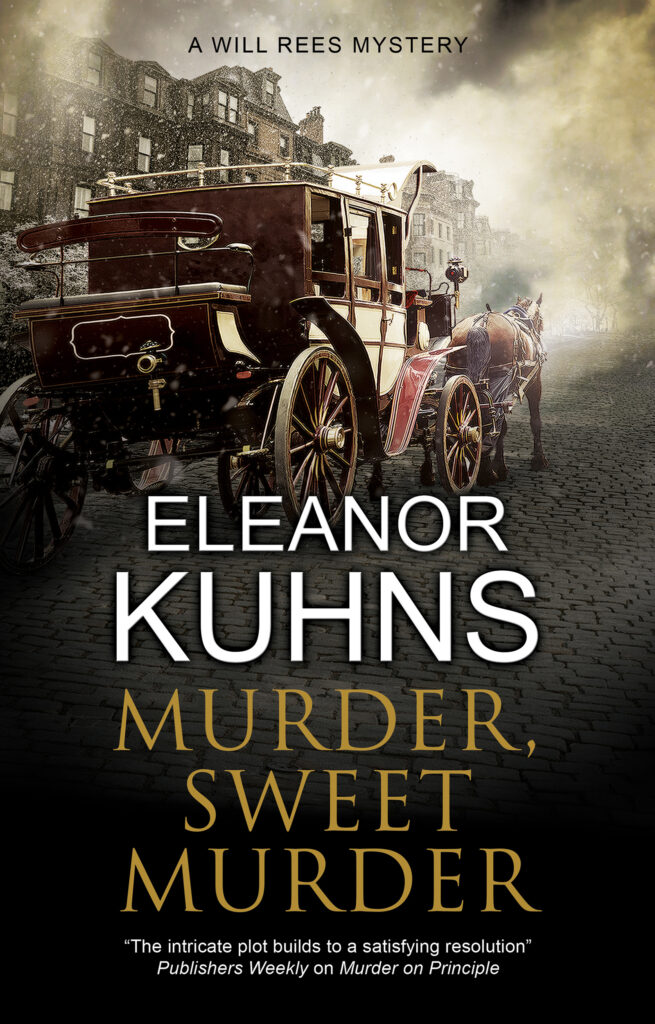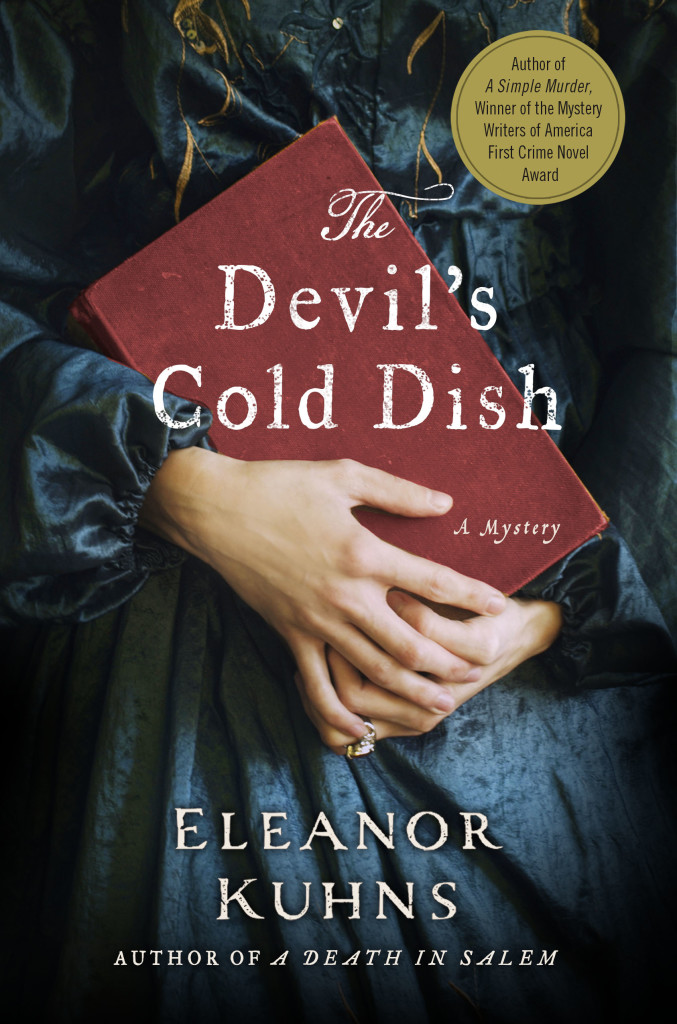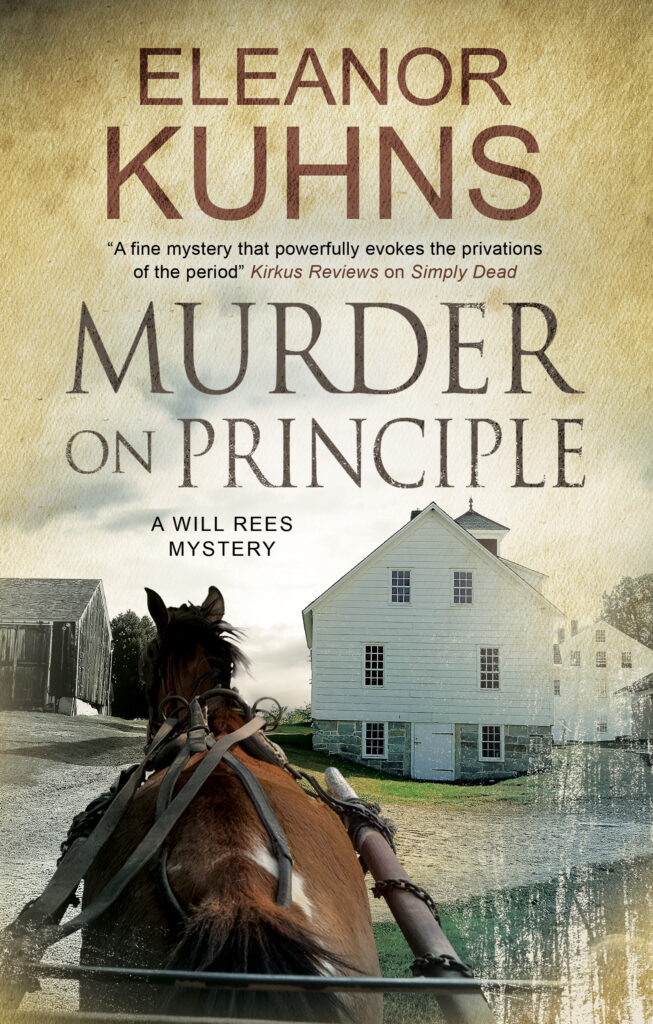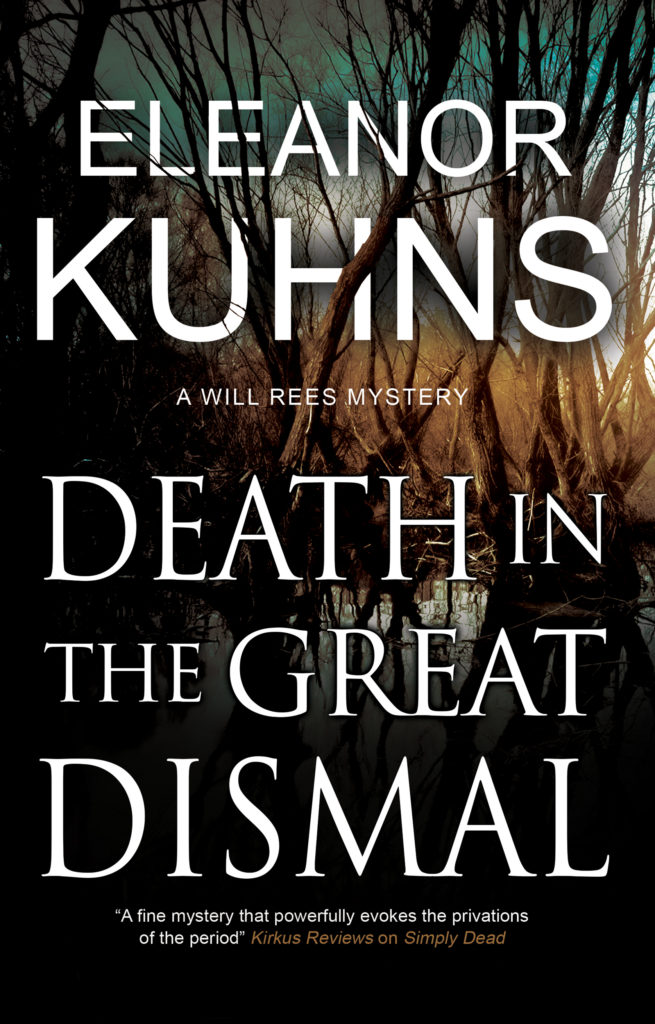Throughout my books, I reference the number of orphans, runaways, semi-orphans and other children who were raised by the Shakers. This group took in children from their very beginning right to 1966, when the United States government passed a law forbidding it.
Since the Shakers were celibate and did not reproduce themselves, they relied upon converts to increase membership. They also took in orphans or semi-orphans. Although the Shakers might have wished for the orphans to ‘make a Shaker’, they did not insist and many of the children married out of the community.
In a time when there was no safety net, no foster care, no food stamps, the injury or death of the man of the family was a catastrophe. No unemployment or workman’s comp either. Women had few options for work outside the home (wet nurse was one!) and when they did work they made far less than a man. Add in the prevalence of disease, some of which carried off both parents, and there was a frightening number of orphans.
Semi-orphans, what was that? Well, if a single father or more often a single mother couldn’t support her children she had a few options. Depositing them on the Shakers’ doorstep was one. Indenturing them out if they were old enough (and children as young as six were indentured) was another. Babies couldn’t be indentured unless a premium was paid to the employer for the extra care. Orphanages? The first and for many years the only was set up in Charleston, SC in 1793. Black orphans were not welcomed. However, they did not apprentice children out before they were twelve which, for those days, was enlightened. Although these were children they were still worked hard and as susceptible to accidents and death as an adult. One account describes a thirteen year old boy apprenticed to a ship maker. A load of lumber fell upon him, killing him. They found a series of strange bruises on his leg, bruises it turned out from a bag of marbles in his pocket. He was still a child who wanted to play. Sometimes the employers were called up before the town fathers for excessive cruelty to their indentured servants but not often. Many of the children perished.
And where did you go if you couldn’t suppor yourself? The workhouse. The descriptions in Dickens’s novels, although they take place at a later time, are unfortunately all too accurate. Sometimes, if a woman remarried, she would be able to recover her children.
So the lot of poor children was dire, for orphans and semi-orphans it was almost a death sentence. Babies were especially at risk. They are so vulnerable and if they were nursing especially so. In those days there really was no good alternative to mother’s milk. Many women survived by wet nursing infants. Some managed to nurse both their own and the others. Some wealthy woman put out an infant to nurse if they were ill or if their husband wanted a male heir. Since nursing confers some contraceptive effect they handed off an infant girl to a wet nurse so they could conceive again. What happened to the infants of the wet nurse? Many or the wealthy women did not want to have the child in their household or to share. Some of the wet nurses sneaked off to feed their child. Another option is to hire a cheaper wet nurse. There are many accounts of women who did so and while they were nursing another child their own died.
So the Shakers were by far the best and safest alternative for orphans. The fact that they educated these children, not only in all the skills they would need to live in the agrarian world, but also to read and write is amazing. They truly lived by their altruistic beliefs.





